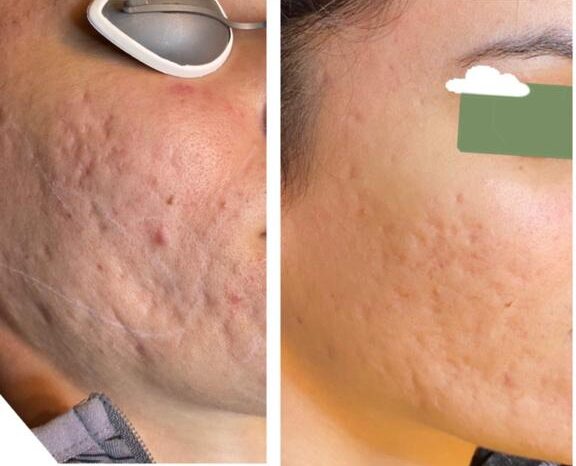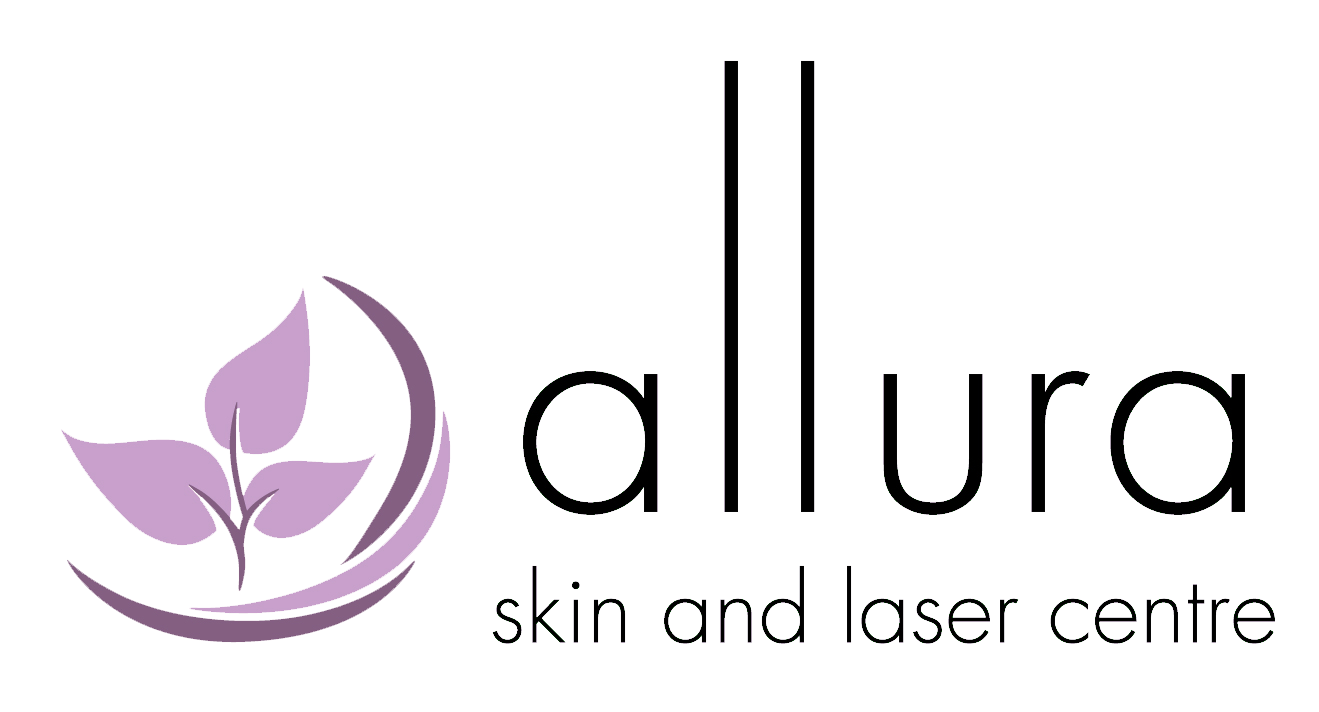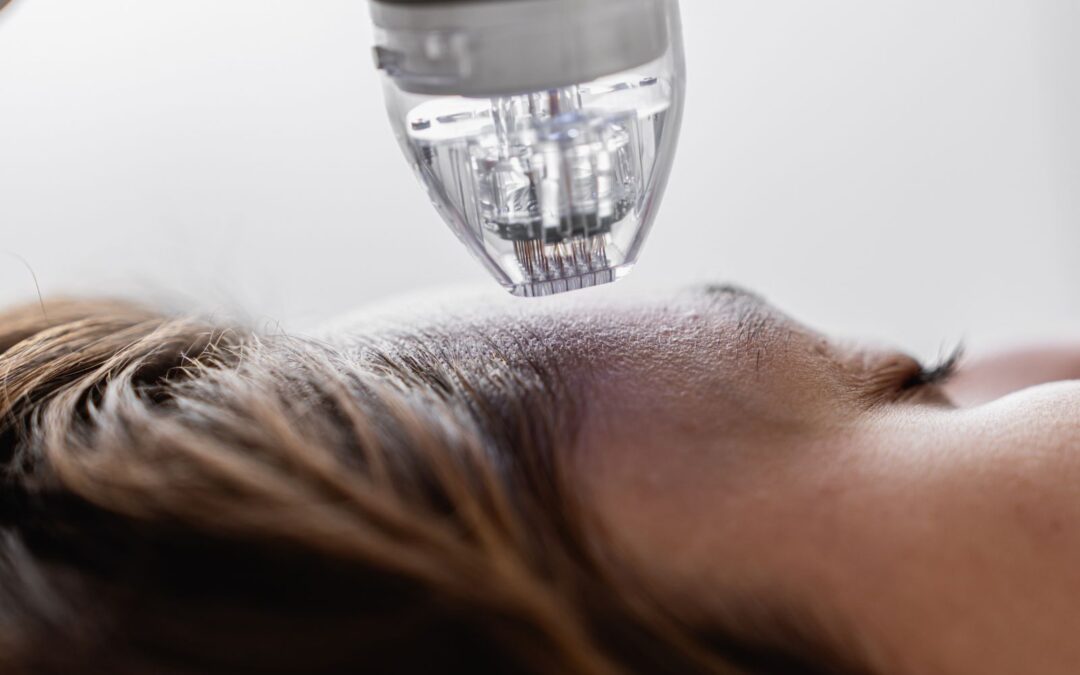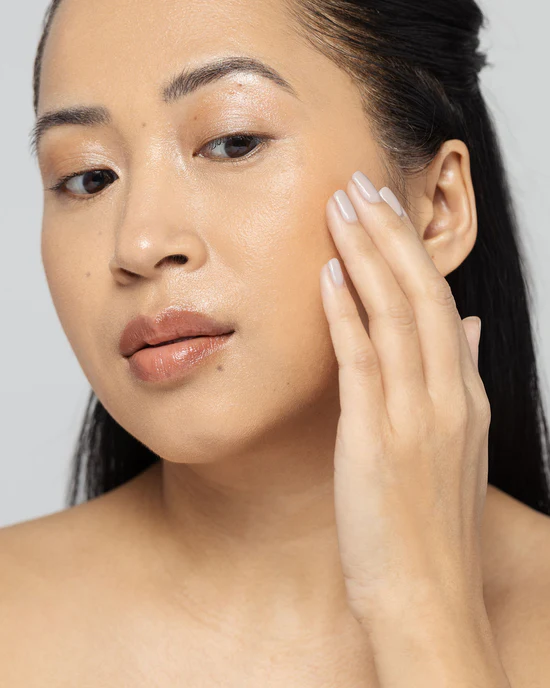Introduction
Microneedling has gained immense popularity in the world of skincare for its benefits to rejuvenate the skin, improve texture, and reduce imperfections like acne scars and fine lines. But what exactly is microneedling, and how does it work? In this guide, we’ll explore the science behind microneedling, its benefits, what to expect from the treatment, and answer common questions to help you make an informed decision.
What is Microneedling?
Microneedling is a minimally invasive cosmetic procedure that involves the use of tiny, sterile needles to create micro-injuries in the skin. This controlled injury triggers the skin’s natural healing process, leading to enhanced collagen and elastin production.
Key Benefits of Microneedling:
- Stimulates collagen production to improve skin elasticity.
- Enhances skin texture by reducing roughness and promoting smoothness.
- Reduces fine lines and scars, making the skin appear firmer and more youthful.
- Improves skin hydration by increasing the skin’s ability to retain moisture.
- Reduces hyperpigmentation by promoting even skin tone.
The Science Behind Microneedling
Microneedling isn’t just a trend—it’s backed by science. The procedure works by leveraging the body’s natural wound-healing response.
How It Works:
- Micro-injuries activate skin repair by stimulating fibroblasts and growth factors.
- Collagen induction therapy helps rebuild the skin’s structural integrity, reducing scars and fine lines.
- Cellular regeneration leads to improved skin tone, texture, and hydration over time.
- Increases blood circulation, which enhances skin rejuvenation.
Benefits of Microneedling
Beyond its anti-aging effects, microneedling provides several additional benefits for skin health.
Why Choose Microneedling?
- Improved skin elasticity – Boosts collagen levels for firmer skin.
- Minimized pores – Reduces enlarged pores by tightening the skin.
- Enhanced product absorption – Increases the efficacy of serums and skincare products by improving penetration.
- Effective for stretch marks – Helps fade stretch marks on the body.
- Safe for most skin tones – Unlike some laser treatments, microneedling is generally safe for deeper skin tones with a lower risk of hyperpigmentation.
Microneedling for Acne Scar Treatment
For those struggling with acne scars, microneedling offers an effective, non-invasive solution. It works by breaking down old scar tissue and replacing it with new collagen.

Results Achieved at Allura Skin & Laser Centre
How Microneedling Helps Acne Scars:
- Breaks down scar tissue, allowing fresh skin to regenerate.
- Promotes new skin growth to smooth out depressed scars.
- Evens out skin tone, reducing post-inflammatory hyperpigmentation.
- Reduces inflammation, making it beneficial for post-acne redness.
- More effective for atrophic scars (like ice pick and boxcar scars) than raised scars.
Who Can Benefit from Microneedling?
Microneedling is suitable for a wide range of skin types and concerns. However, it’s particularly beneficial for individuals dealing with:
- Acne scars, fine lines, and wrinkles.
- Enlarged pores and uneven skin texture.
- Sun damage and hyperpigmentation.
- Stretch marks and loss of skin elasticity.
Who Should Avoid Microneedling?
Microneedling is not recommended for individuals with:
- Active acne or infections – Can spread bacteria and worsen breakouts.
- Eczema, psoriasis, or rosacea – Can trigger flare-ups.
- Blood disorders or poor wound healing – Slower recovery and higher risk of complications.
- Keloid-prone skin – Excessive collagen production could worsen raised scars.
A consultation with a skincare professional is essential to determine if microneedling is right for you.
What to Expect During a Microneedling Session
The Procedure:
- Cleansing & Numbing – The skin is cleansed, and a topical numbing cream is applied for comfort.
- Microneedling Treatment – A professional device is used to create controlled micro-injuries.
- Post-Treatment Care – Hydrating serums and SPF are applied to aid healing and protect the skin.
Aftercare & Results:
- Expect redness and mild swelling for 24-48 hours post-treatment.
- Skin may feel rough or dry as it heals, with slight peeling around days 3-5.
- Visible improvements begin within a few weeks, with full results appearing after 3-6 months as collagen production continues.
- Avoid retinol and exfoliants for at least 5-7 days post-treatment to prevent irritation.
- Apply SPF daily to protect newly sensitive skin from sun damage.
Common Misconceptions About Microneedling
- 1. “Microneedling gives instant results.”
- Reality: While some people notice an immediate glow, true collagen remodeling takes time—3-6 months after completing multiple treatments.
- 2. “One treatment is enough.”
- Reality: For acne scars or deep wrinkles, 3-6 sessions (spaced 4-6 weeks apart) are typically needed for noticeable results.
- 3. “Microneedling is painful.”
- Reality: With numbing cream, most people only feel mild discomfort, similar to a scratching sensation.
- 4. “At-home dermarollers work the same as professional microneedling.”
- Reality: At-home rollers are less precise, risk infection, and don’t penetrate deep enough for true collagen remodeling.
Conclusion
Microneedling is an advanced skin rejuvenation treatment that enhances collagen production, improves texture, and reduces scars and fine lines. With proper aftercare and consistency, it delivers natural, long-lasting results that restore confidence in your skin. At Allura Skin & Laser Centre, we provide expert microneedling treatments tailored to your unique skin needs. Ready to transform your skin? Book your consultation today and experience the benefits of microneedling for yourself!


